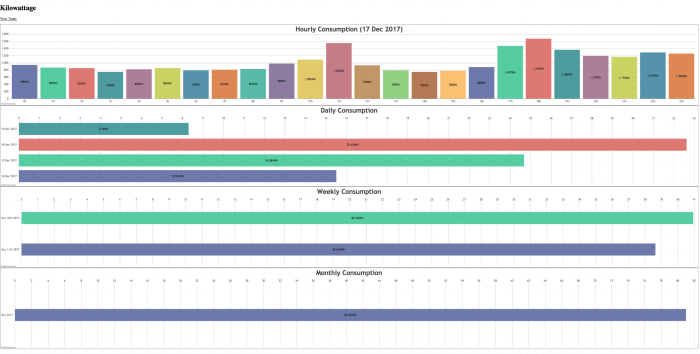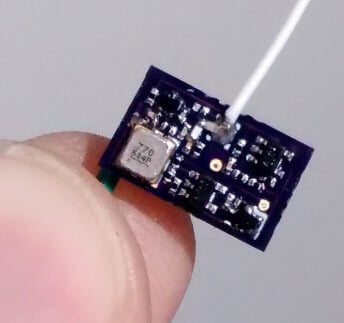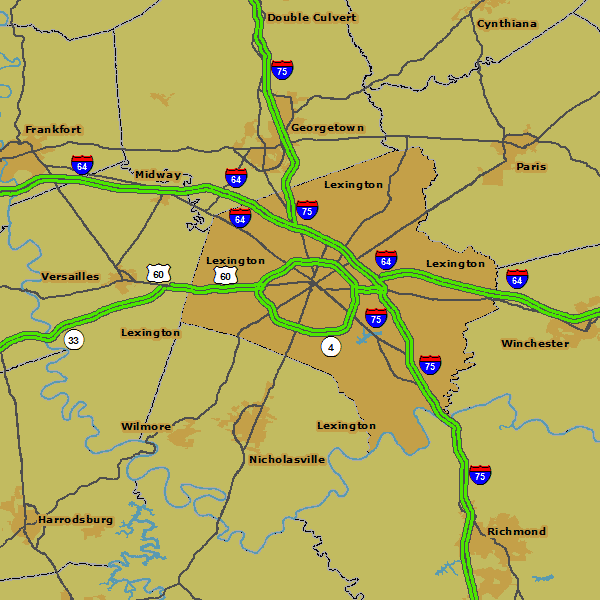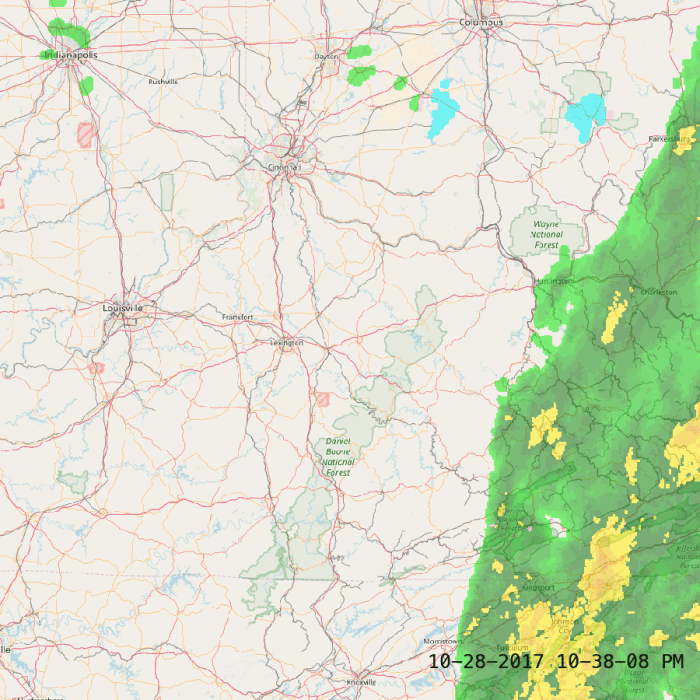Outernet 3.0 Coming Soon: Free 30kbps – 100kbps satellite data downlink for news, weather, audio etc

Over the past few years we've posted quite a bit about Outernet who offered a free downlink of satellite data such as news, Wikipedia articles and weather updates that was able to be received with a small L-band patch antenna, LNA and an RTL-SDR dongle.
Recently we've seen news on their forums that Outernet is planning on discontinuing their L-band service, and instead opening up a new much more efficient Ku-band service. Unfortunately that means that RTL-SDRs and the previous Outernet L-band hardware will no longer be useful for the downlink, but the new service appears to offer several significant advantages.
Firstly the downlink data rate is much higher at 30kbps, with the plan to eventually go up to 100kpbs. That's 300MB - 1 GB a day which is a lot more compared to the previous L-band implementation that gave less than 20MB a day.
Secondly the hardware seems to be simplified as well. All that is needed is their new Dreamcatcher V3 receiver board and a small Ku-band LNB (11.7-12.75 GHz). They claim that no dish is required as the LNB pointed at the satellite by itself will work just fine. The first iteration of Outernet also used Ku-band satellites, but required a large dish antenna to receive it which was a major hurdle to user adoption. They now appear to have discovered a new way to broadcast in the Ku-band without the need for a dish.
Thirdly, moving to Ku-band means significant cost savings for Outernet allowing them to survive and continue with their free data service. From what we understand the L-Band satellite downlink service is extremely costly to run, whereas a Ku-band service is much cheaper. There are also cost savings for the user as Ku-band LNBs are very common hardware that can be found cheaply for $10 - $20 US.
About the new services that they can offer and the cost savings that they can achieve Syed the CEO of Outernet writes:
The fatter pipe [300MB - 1GB] makes a lot of things possible, one of which is a true radio broadcast. How about a national radio broadcast that isn't SiriusXM? Our new receiver will include a speaker; audio through the speaker while files download in the background. But more data is not the most important thing that comes out of all this. The real win is that leasing standard, commodity Ku bandwidth is far, far more cost effective than the few kilohertz we have on L-band. Long-term sustainability of a free broadcast is no longer the financial burden that it once was--especially considering how much more interesting the service becomes.
There is no concrete hardware release date just yet, but on the forums Syed estimates mid-Jan. You can sign up to the Outernet mailing list on their buy-now page to be emailed when the new hardware is released. In the forums Syed also writes that the target price for the hardware is $99 US, with the intention to provide lower cost options in the future. Of course it might still be possible to DIY your own unit just like it was with the previous Outernet iterations.
We're really looking forward to this and think that this is what will finally make Outernet a very popular and useful service!





